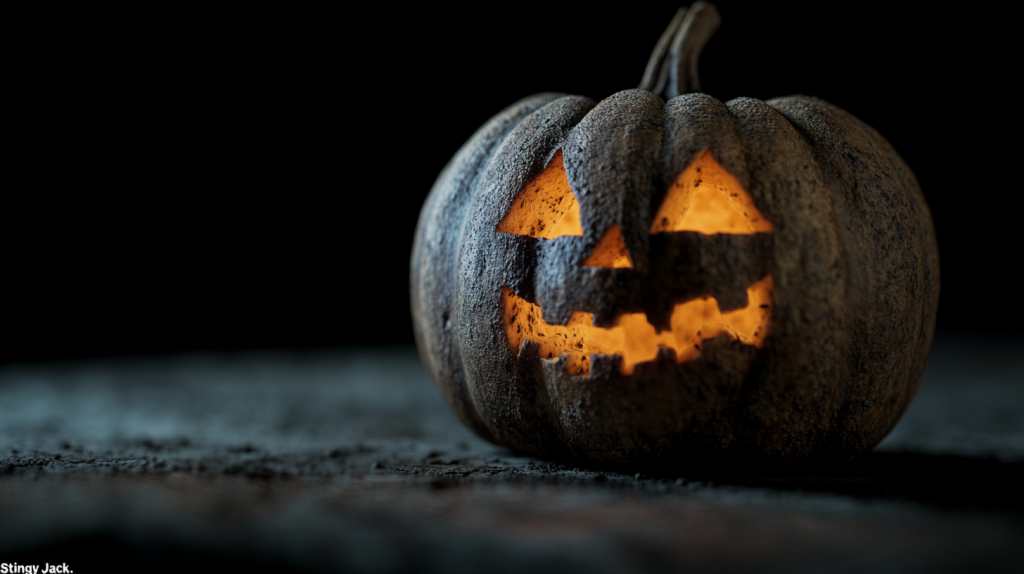Halloween is one of those magical holidays that combines mystery, fun, and a little bit of fright, drawing people of all ages into its web. From the glowing pumpkins on doorsteps to the creative costumes parading down the street, Halloween is rich with traditions, many of which have centuries-old origins. There’s so much more to Halloween than just trick-or-treating! Here’s a look at some lesser-known facts about Halloween to get you in the spooky spirit.
1. Halloween Has Ancient Roots in a Celtic Festival
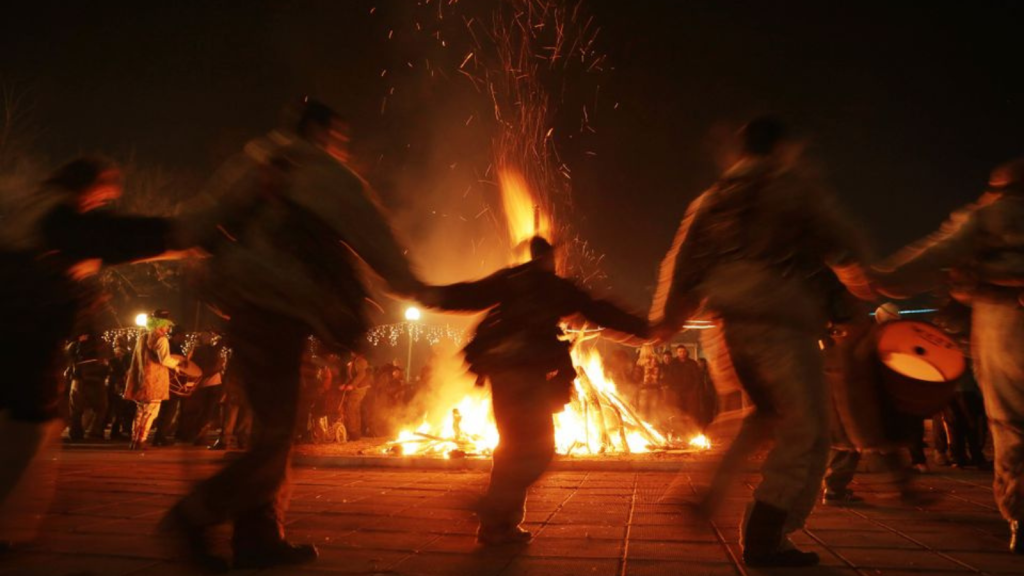
Halloween’s origins go back over 2,000 years to the Celtic festival of Samhain, a celebration marking the end of the harvest and the beginning of winter. The Celts believed that on October 31st, the barrier between the living and the dead weakened, allowing spirits to roam the earth. They would light bonfires and wear costumes to ward off these wandering spirits, setting the groundwork for today’s traditions.
2. Trick-or-Treating Wasn’t Always About Sweets
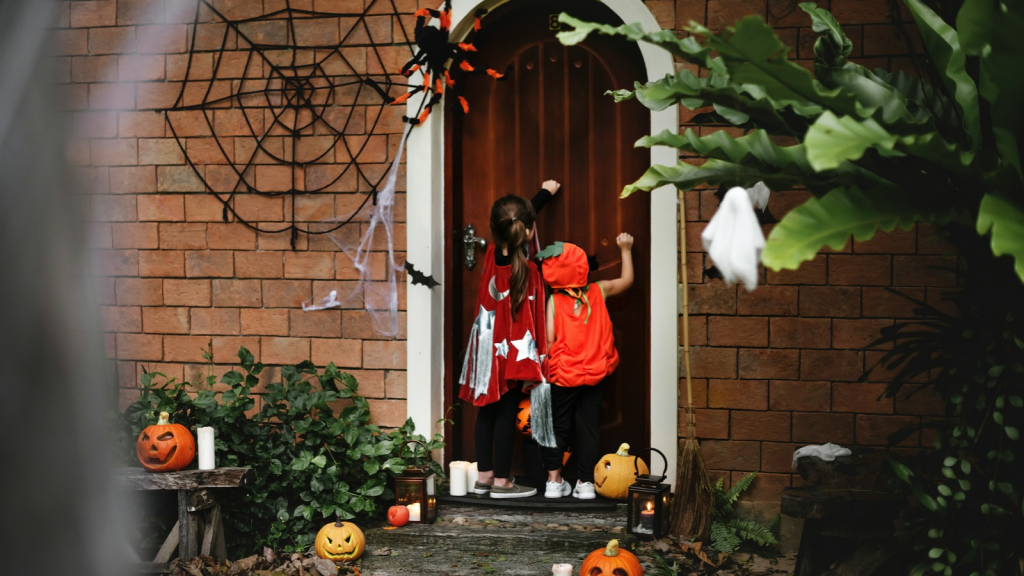
The trick-or-treating tradition actually evolved from “souling,” a medieval custom where the poor would go door-to-door on All Hallows’ Eve, offering prayers for the dead in exchange for food. Later, children began going door-to-door for treats or “soul cakes.” It wasn’t until the 20th century in the United States that this tradition transformed into the candy-focused trick-or-treating we know today.
3. Pumpkins Weren’t the Original Jack-o’-Lanterns
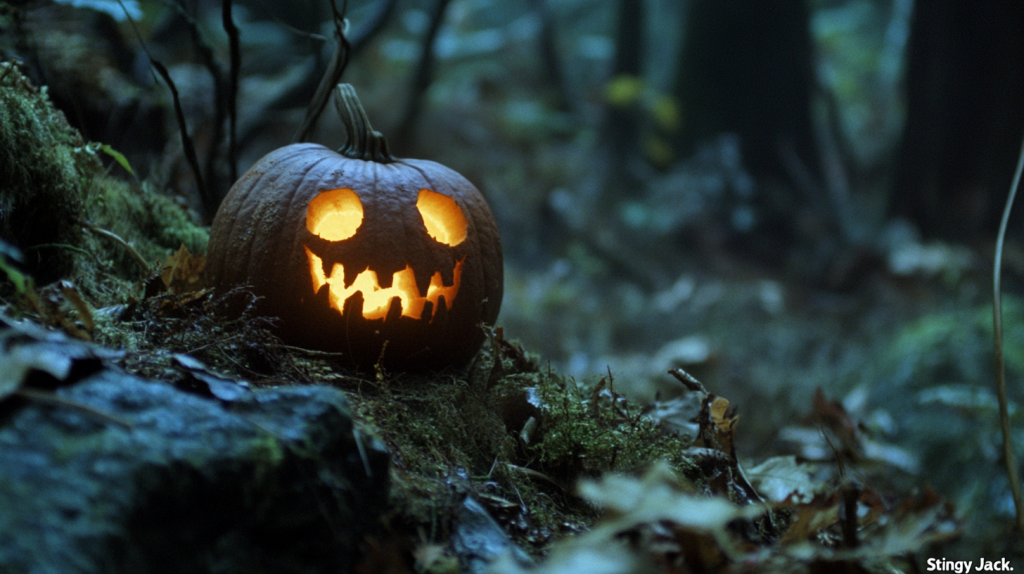
Carving jack-o’-lanterns comes from an Irish legend about a man named “Stingy Jack.” According to the tale, Jack tricked the Devil and was cursed to roam the earth with only a carved turnip to light his way. When Irish immigrants brought the tradition to America, they found that pumpkins were larger and easier to carve, making them the perfect stand-in for turnips.
4. Black and Orange Are More Than Just Halloween Colours

Black and orange have long been associated with Halloween, but the reasons go beyond fashion. Orange represents the harvest and autumn season, while black symbolises darkness and death, fitting for a holiday associated with spirits. Together, these colours capture Halloween’s eerie and celebratory sides.
5. Owls Were Once Believed to Be Witches

In Medieval Europe, the eerie hoot of an owl at night was thought to be a sign of bad luck or the presence of witches. People believed that witches could transform into owls to spy on their enemies. This association contributed to the image of owls as spooky creatures, a reputation they carry into Halloween celebrations to this day.
6. The World Record for the Largest Pumpkin Is Mind-Blowing
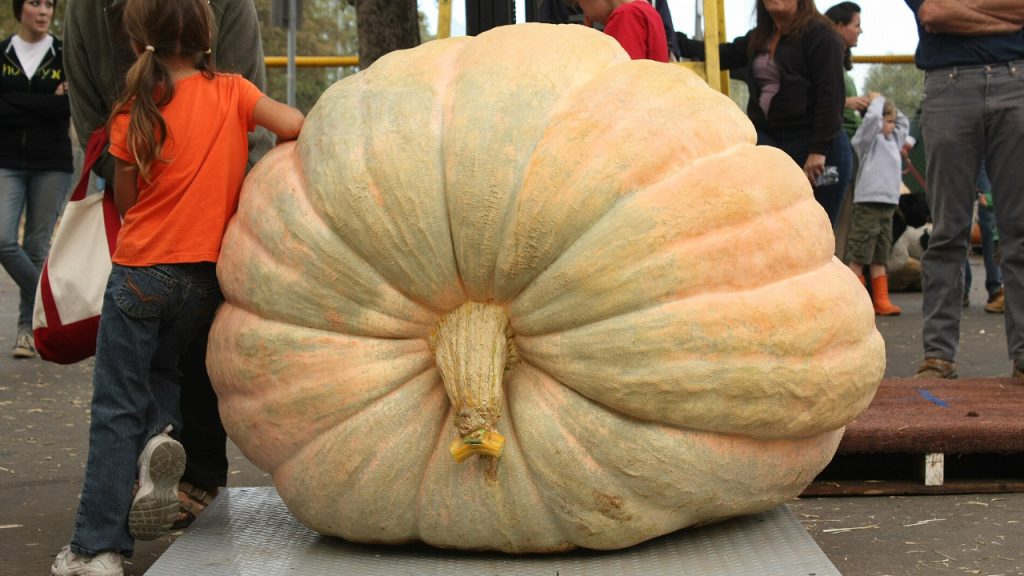
Each year, people compete to grow the world’s largest pumpkin, and the records are staggering. As of recent counts, the largest pumpkin on record weighed over 2,700 pounds! The tradition of pumpkin-growing contests goes hand-in-hand with Halloween celebrations, adding a fun, competitive edge to the season.
7. Halloween Is the Second Biggest Commercial Holiday

Only Christmas surpasses Halloween in commercial popularity. In the UK and the US alone, people spend billions on costumes, decorations, and sweets every year. Whether it’s purchasing elaborate costumes, candy, or props, Halloween’s growing popularity has made it a retail powerhouse, and the numbers keep climbing each year.
8. Some Animals Are Believed to Be Halloween Good Luck Charms

While black cats often get a spooky reputation, some animals are actually considered Halloween good luck charms. Bats, for example, are linked to the ancient Samhain bonfires, where their presence was seen as a good omen. Certain spiders, especially if spotted on Halloween night, were thought to be the spirit of a deceased loved one watching over you.
9. Mexico’s Day of the Dead Is Not the Same as Halloween

Many people think Halloween and Mexico’s Día de los Muertos are the same, but they’re quite different! Día de los Muertos, celebrated on November 1st and 2nd, honours deceased loved ones with colourful altars, flowers, and candles. It’s a deeply spiritual and festive holiday in Mexico and other Latin American countries, focusing on remembrance rather than fright.
10. Scotland and Ireland Are Big Fans of Traditional Halloween Games
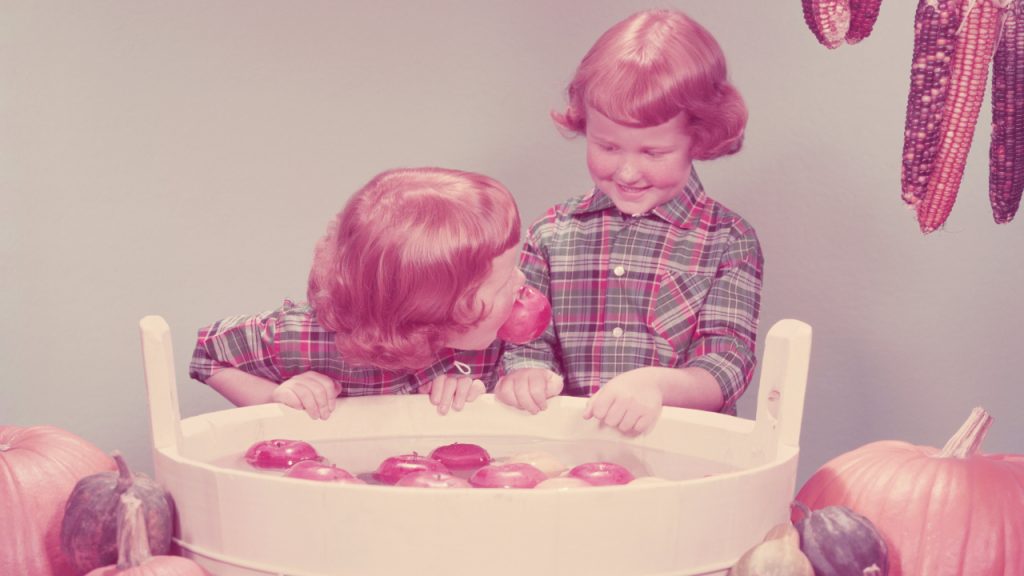
In the UK, especially in Scotland and Ireland, traditional Halloween games are still very popular. One example is “bobbing for apples,” a game believed to predict future romance. Another is “snap-apple,” where players try to bite an apple tied on a string. These old traditions remind us of Halloween’s roots and add a fun, nostalgic twist to the holiday.
12 Chilling Unsolved Crimes and Mysteries That Will Haunt Your Dreams

Have you ever come across a mystery so chilling and inexplicable that it leaves you with goosebumps? We’re drawn to these stories like moths to a flame, even though they might keep us up at night. If you’re someone who finds thrill in the creepy, gruesome, or simply baffling, then buckle up because we’ve got some fascinating mysteries that will pique your curiosity and leave you wanting more.
Read More: 12 Chilling Unsolved Crimes and Mysteries That Will Haunt Your Dreams
Ellen has been obsessed with logic puzzles, jigsaws, and cryptograms since she was a kid. After learning she was taught how to play chess wrong by a family friend (so they could win), she joined her school chess club and the rest is history.
